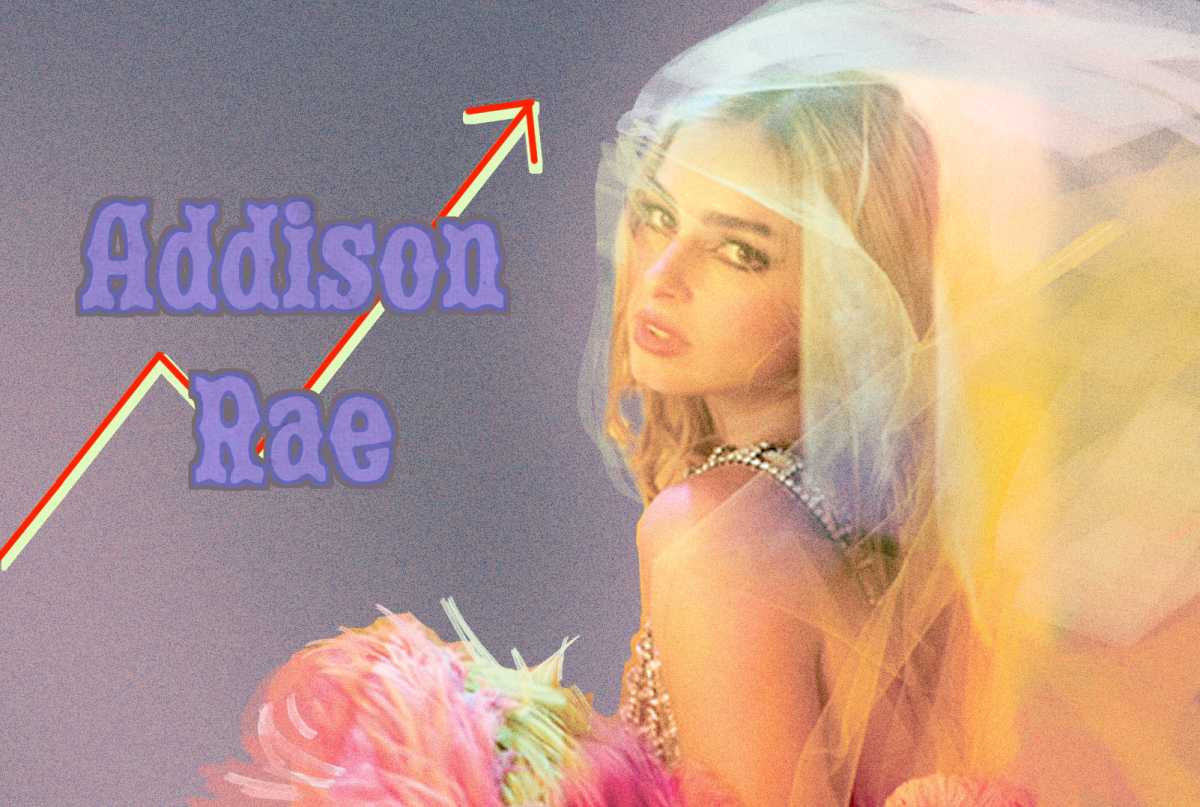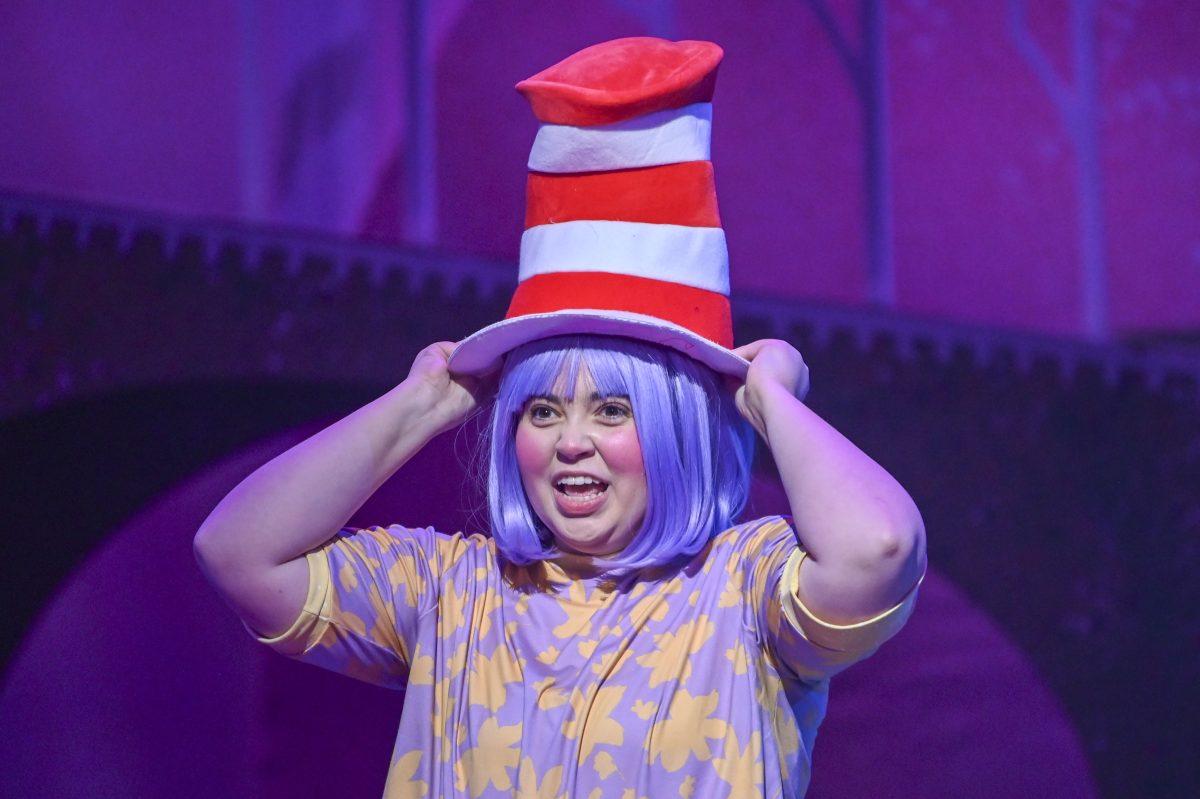Near the end of Tim Burton’s “Alice in Wonderland,” Johnny Depp (dressed as the Mad Hatter with orange hair and a gap in his teeth) is doing the “futterwacken” dance while rap music plays in the background. This scene sums up Burton’s shallow and clumsy adaptation of Lewis Carroll’s “Alice in Wonderland” and “Through the Looking Glass.”
Carroll’s books have been adapted on film 20 times—there is even a very successful porno/musical version from 1976! With all the well-trodden ground, it is difficult for filmmakers to put a new twist on the story, but that hasn’t stopped people from trying. Alice has even broached into new forms of media. In 2000, EA Games released “American McGee’s Alice” for PC. Its take of Alice’s world was striking and original. The film version of his game has been in the works for years, but alas, Tim Burton’s weak version arrived first.
Mia Wasikowska plays the titular Alice, a sullen Victorian girl who is being prodded into marriage with an undesirable man. Fortunately for her, she plummets down the—you guessed it—the rabbit hole, where—you guessed it again—she drinks from the glass and becomes enormous! Alice then ventures out and finds that Wonderland (excuse me, Underland) has been taken over by the big-headed Red Queen—Helena Bonham Carter, the film’s one bright spot. Of course it is up to Alice to try to save the day by getting involved in intra-chessboard character politics.
It is a sad day when the most visually and cinematically interesting world in the film is the Victorian England from the opening. Burton’s world is all CGI and no heart. It looks exactly like how you would expect Tim Burton’s vision to look. After years of the same style, he has become stale and boring. I hate to say it, but Danny Elfman’s music for Burton’s films are not exactly groundbreaking either. Even the lead actress Wasikowska turns in a stiff and lifeless performance.
I do not care whether or not Burton is faithful to Carrroll’s characters. What matters is that he does something new to make the time-worn characters fresh and weird. Unfortunately, he makes the Mad Hatter, Tweedledum and Tweedledee, the White Rabbit and the rest of the gang into nothing more than color for Alice, who is trying to get the sword to slay the dragon. Burton forgot the magic of Carroll’s writing. Plot is the last thing on his mind. Yes, that makes it hard to film, but some things are just not meant to translate to film.
For a long time, Tim Burton hasn’t been very original, story-wise or visually. His style is mainly derived from David Lynch’s masterpiece “Eraserhead.” Even the sandworms from “Beetlejuice” were lifted from Lynch’s “Dune.” What makes Tim Burton special is his ability to take his influences and create compelling characters—see Ed Wood, Edward Scissorhands, or Beetlejuice.
Lately he has been coasting, making films derived from classic stories and films, such as”Charlie and the Chocolate Factory,” “Planet of the Apes,” “Sweeney Todd,” and “Sleepy Hollow.” Of those, only “Sleepy Hollow” was fun because Burton takes a classic story and really twists it around. He also creates memorable characters and tells a story with unexpected surprises. In “Alice,” he utterly fails at this. After the 20 film adaptations, Burton did not bring anything innovative or interesting to the material.
To make Alice’s character older and to pretend that Wonderland harbors only cartoon darkness is to do a disservice to literature and film. The history of the story is actually very sinister and tainted. There is a rumor that Lewis Carroll was a pedophile and Alice was a girl that he was obsessed with. We know for a fact that Carroll had a hobby of photographing young girls in the nude for “artistic” photos. Carroll biographers have debated for over a hundred years whether or not he was actually a pedophile. The combination of his sexuality and the fantasy world he created starring young Alice is a dark story that is ripe for telling.
Instead of seeing the new “Alice,” I recommend checking out a film that takes elements and inspiration from the “Alice” story and turns it on its head: Guillermo Del Toro’s dark, beautiful, violent and magnificent “Pan’s Labyrinth.”




